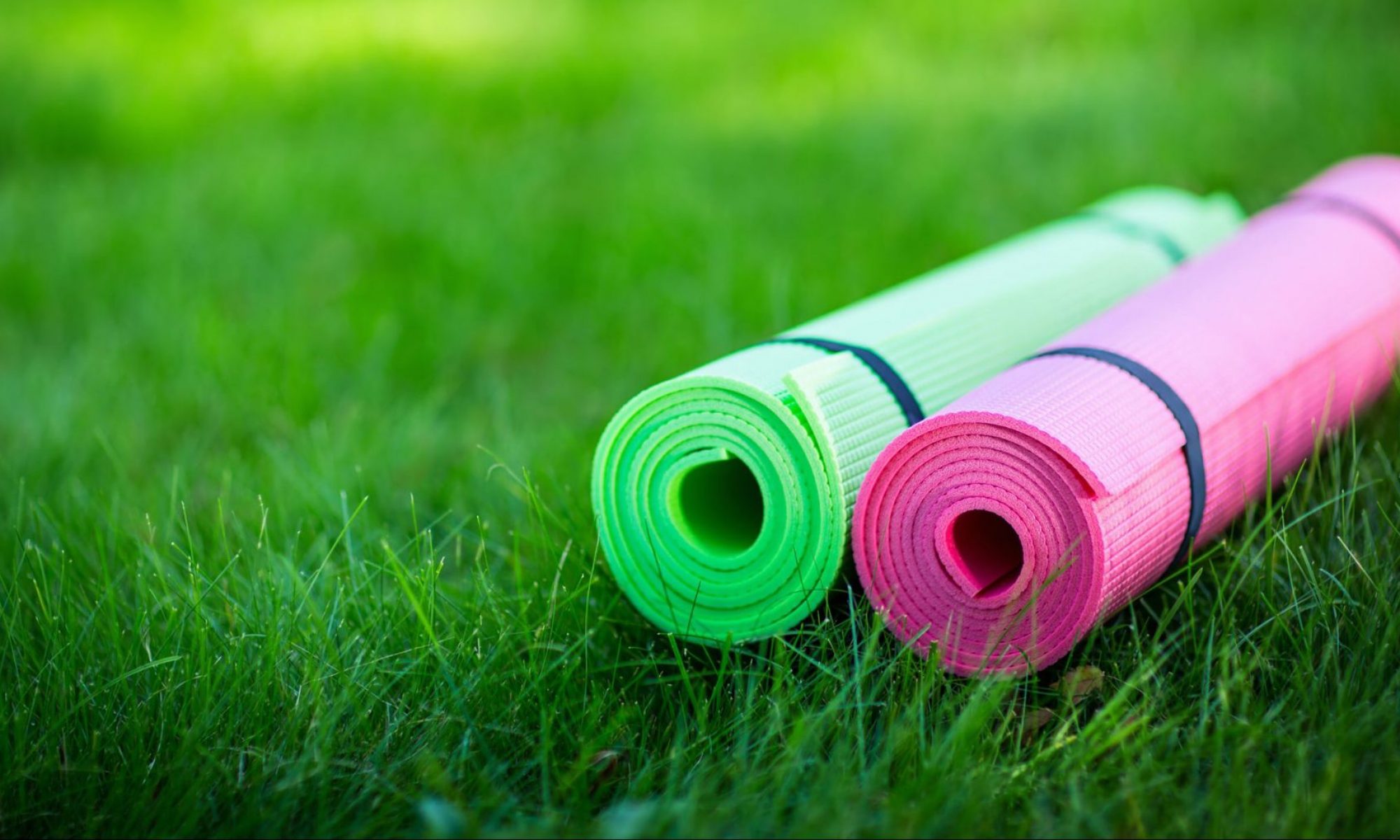We often read of holistic healing of the mind, body and soul. But what does it mean? How are the mind and body connected and how can I know that?
The mind and body are deeply connected. Biologically, our nervous system is the first line of control. It is from where we can sense things, it is where we see, hear, feel, smell and taste from.
The human body is a complex network of circuitry that regulates us constantly. It activates the minute it senses something. It does not need physical proof. For eg. If I ask someone to think of a cool glass of lemonade, one can do it instantly and most probably we will also start salivating. How is that possible? The brain which is part of the mind helps us do this. While the brain is headquarters of the operating system, the mind is the big boss and is not limited to the human body often said to be in us and around us. Some readings suggest, the center of the mind is in our gut – thus the word – gut instinct/survival instinct.
We are biologically designed to adapt and flourish. It is part of our evolution. But sometimes we get stuck in intense loops of stressful events, thoughts and emotions. The feeling of being locked between the high aggressive days and the low depressing ones and the cycle continues. So, what happens to our body when we feel this way?
The Nervous System is activated. It is our emergency room that monitors basic but very important functions of the organs like breathing and the beating of our heart, along with digestion that keeps us alive. It protects us, finding ways to alert us through our stresses. In order to do this, it has two systems in place:
- The Sympathetic Nervous System or SNS that activates when it senses danger or threat and sends warning signals to all organs creating an automatic response through the body ready for any eventuality, also commonly known as “Fight or Flight” response, which increases blood flow to the brain, the heart and limbs to be ready, alternatively deactivating nonessential functions of the body to reduce strain during this period of survival.
- The Parasympathetic Nervous System or PNS – (Pause) activates when the danger or threat has passed alerting the body to restore its balance, through the “Rest and Digest” mode. It resets the body to function in a relaxed state and optimizes its regular functioning of digestion, urination and thirst.
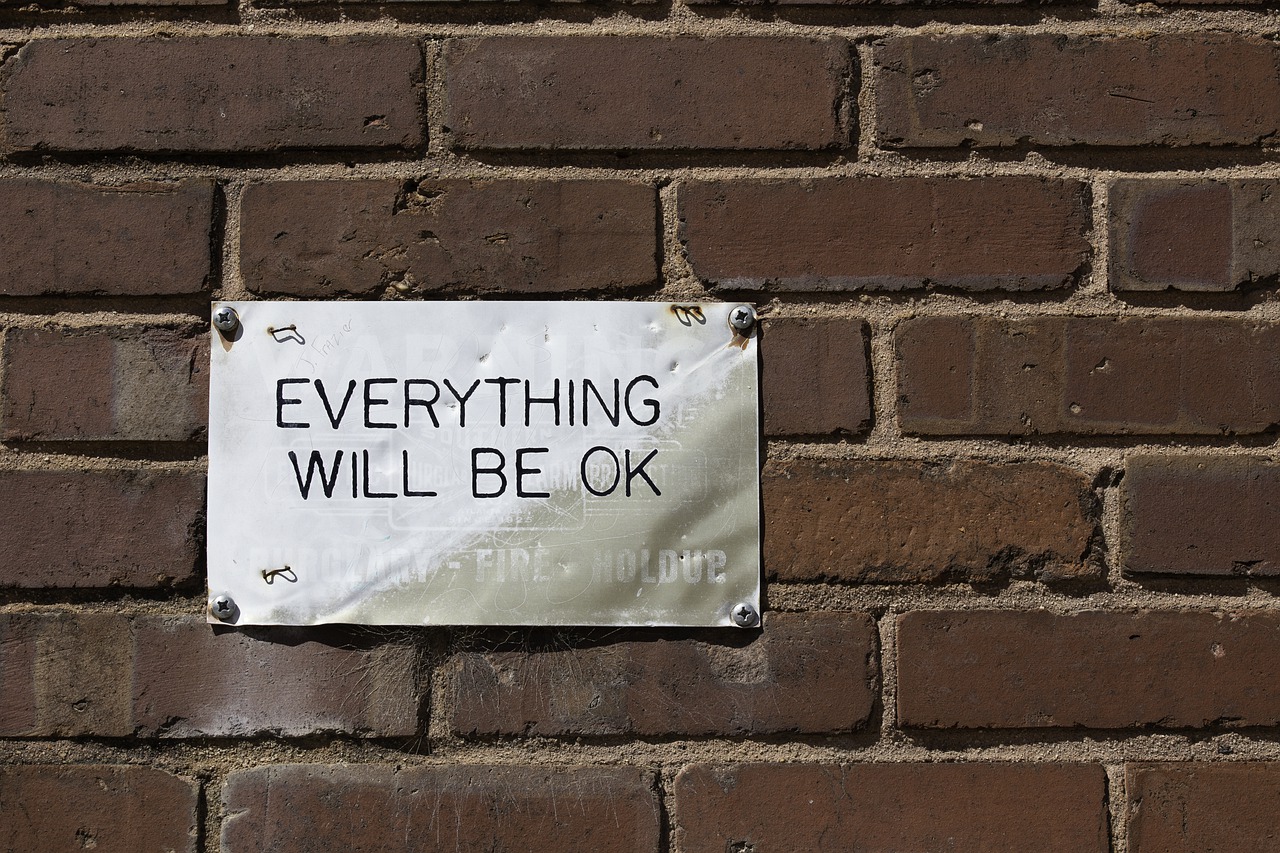
But sometimes, the body has difficulty restoring its balance – it gets stuck in highs or lows of life’s circumstances because it has gotten used to being pushed out of its safety and comfort or reached the peak of resilience. This is when we know we are having trouble with managing our resilience.
Resilience is the ability to find our safe place in ourselves where the mind and body feels calm and clear. It does not feel threat constantly and can manage to work through challenging situations easily. The emotions are managed well. We are able to perform and make rational decisions in tough situations. It is OUR BEST SELF.
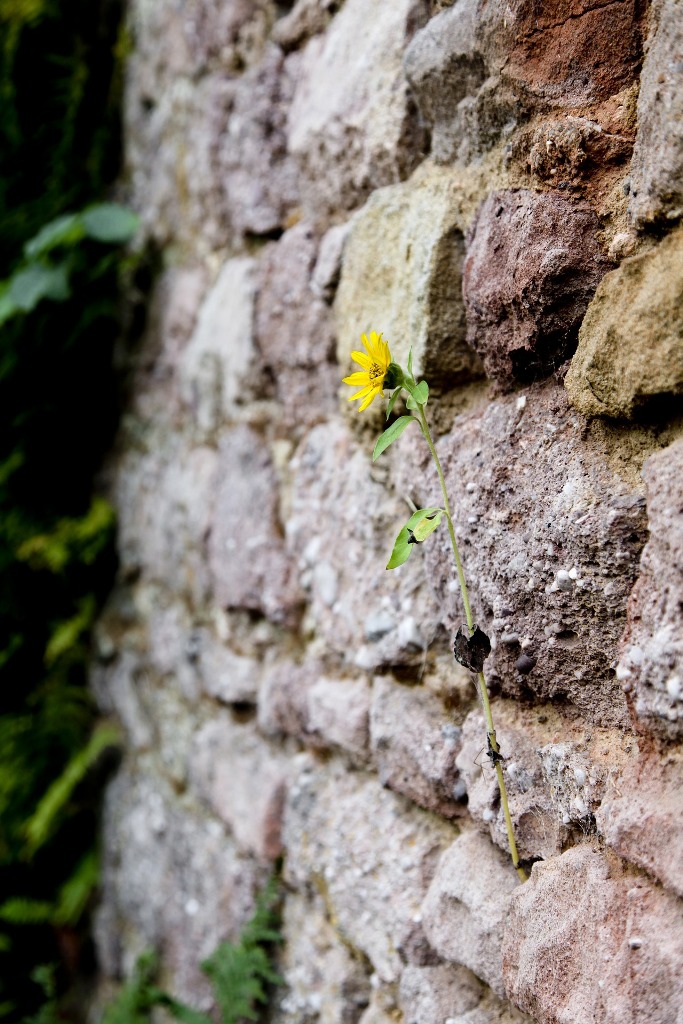
The best way to tap into our own resilience is using these three simple methods:
a) Awareness – learning to become aware of ourselves by paying close attention to our body as a key indicator of our highs and lows. An integral part of self-cultivation is to be able to harness this innate ability to calm one’s mind and body through an understanding of our own nervous system to reach ones potential. Our body also stores trauma within it, eg. Consistently falling ill or having a certain part of the body hurt often. Falling into the same kind of problems over and over are good indicators of trauma being stored.
b) Resourcing – An internal or external pool of richness that you can dive deep into, a memory or activity that takes you back to a feeling of contentment or accomplishment, a joy associated with these sensations is an asset you must tap into, a world of wonder within you.
c) Integrating and grounding – A practice of grounding or rooting ourselves to the now, to the current space or scenario. The best way to do this sipping on water, walking, keeping stress balls or a favorite object that grounds us or brings us back to the NOW.
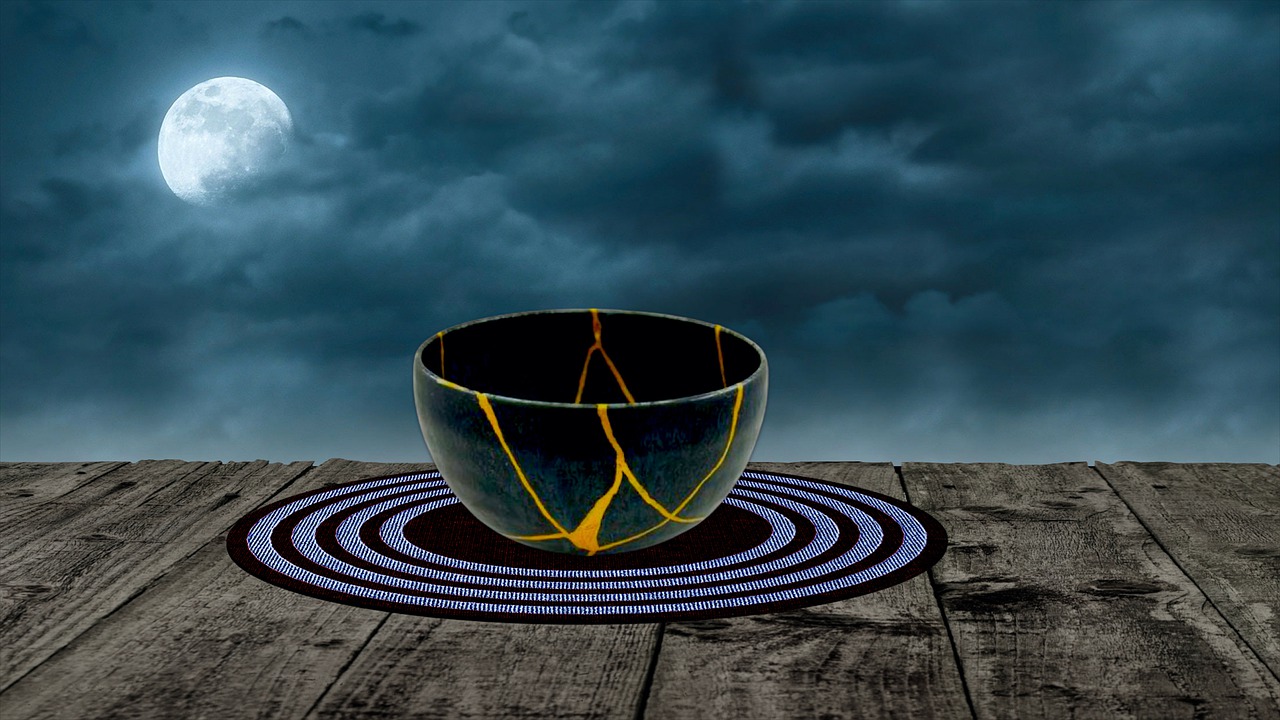
We are capable of finding inner clarity and calm. It is possible to handle our feelings and make decisions in the most stressful situations. This point of clarity and calm is called the “Resilience” where we are unperturbed, can handle feelings better, make rational decisions even in the most difficult situations because we feel safe and confident. ITS OUR BEST SELF.
Resilience builds over time, it is important to understand this. For eg. I cannot build a strong house during an earthquake, I must build a strong house either when there is no earthquake or when an earthquake has passed. Same goes for the mind, It has been proven that daily practices of mindfulness, meditation, yoga, healthy eating, resolving issues or trauma through therapy over time builds resilience. It provides us with a bag of resources to deal and work with our own mental earthquakes. But no time is a bad time. START NOW! START TODAY!
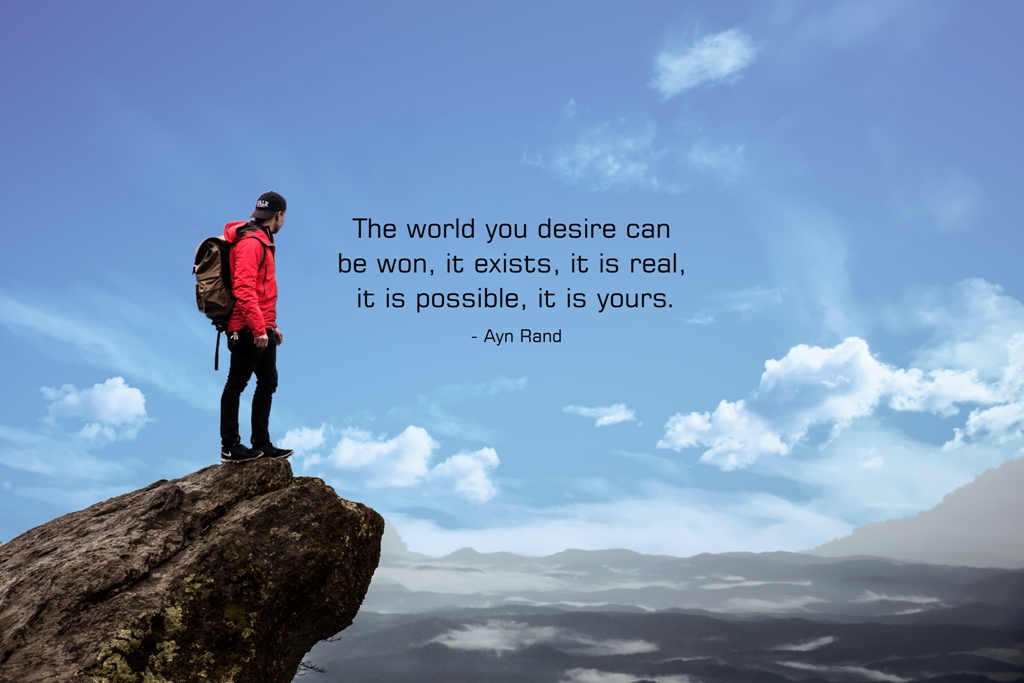
I would like to end with a quote that I truly find inspiring during times of trouble.
“Do not let your fire go out, spark by irreplaceable spark. In the hopeless swamps of the not quite, the not yet, and the not at all, do not let the hero in your soul perish and leave only frustration for the life you deserved, but never have been able to reach. The world you desire can be won, it exists, it is real, it is possible, it is yours.” Ayn Rand
Janki Mehta
Consulting Psychotherapist and Counselor
Co-founder Mind Mandala
+91 9819001030
www.mindmandala.in
insta – @mindmandala
facebook – @MindMandala
insta – @jankodiaries

